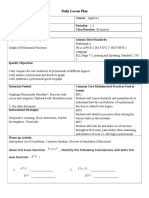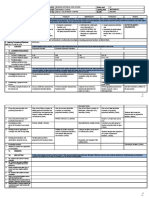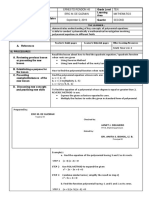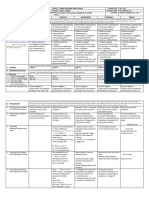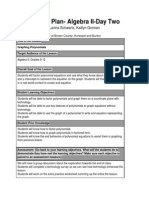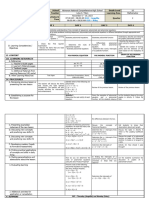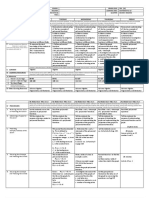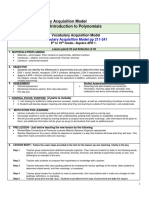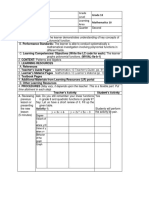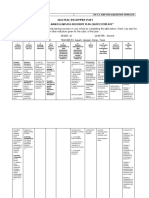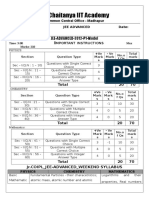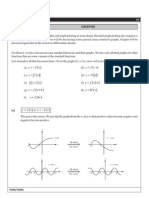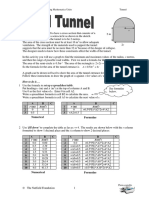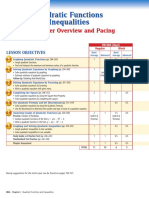0% found this document useful (0 votes)
72 views5 pagesResearch Based LessonPlan
This Grade 10 lesson plan focuses on graphing polynomials, aiming to help students understand polynomial functions, their characteristics, and how to graph them. The lesson incorporates interactive and inquiry-based learning, utilizing research-based principles such as constructivism and active learning, while also accommodating different learning styles. Assessment strategies include formative and summative assessments, with a focus on student engagement and understanding through group work and independent practice.
Uploaded by
jennifer siarotCopyright
© © All Rights Reserved
We take content rights seriously. If you suspect this is your content, claim it here.
Available Formats
Download as DOCX, PDF, TXT or read online on Scribd
0% found this document useful (0 votes)
72 views5 pagesResearch Based LessonPlan
This Grade 10 lesson plan focuses on graphing polynomials, aiming to help students understand polynomial functions, their characteristics, and how to graph them. The lesson incorporates interactive and inquiry-based learning, utilizing research-based principles such as constructivism and active learning, while also accommodating different learning styles. Assessment strategies include formative and summative assessments, with a focus on student engagement and understanding through group work and independent practice.
Uploaded by
jennifer siarotCopyright
© © All Rights Reserved
We take content rights seriously. If you suspect this is your content, claim it here.
Available Formats
Download as DOCX, PDF, TXT or read online on Scribd
/ 5



